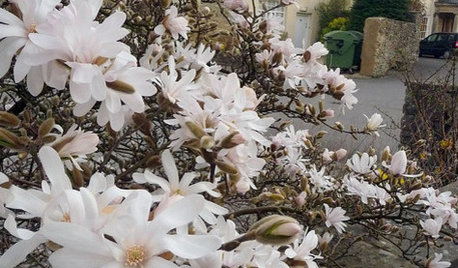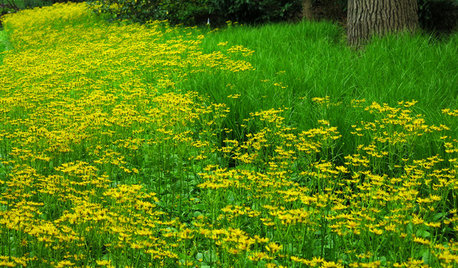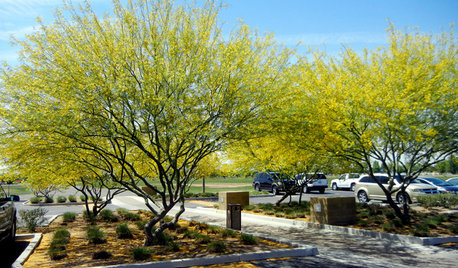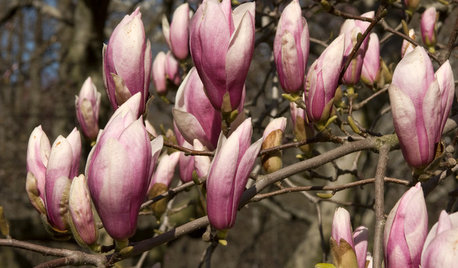New Species of Liriodendron (Tulip Tree)?
treeguy123
12 years ago
Related Stories

SPRING GARDENING7 Spectacular and Practical Spring-Flowering Trees
Put on a beauteous show in the garden with a landscape tree awash in flowers — just do your homework first
Full Story
FALL GARDENING11 Trees for Brilliant Fall Color
Give your landscape the quintessential look of autumn with the red, orange and yellow leaves of these standouts
Full Story
GARDENING AND LANDSCAPINGGreat Design Tree: Star Magnolia
Winter-blooming magnolia is a stellar plant for all seasons
Full Story
FALL GARDENING5 Native Early-Spring Bloomers to Plant This Fall
Think beyond tulips and daffodils this year with plants that you and native pollinators will love
Full Story
TREESGreat Design Plant: Desert Museum Palo Verde Offers a Colorful Canopy
Rising above others with its long bloom time, artful vase shape and lack of thorns, this tree is great for casting filtered shade
Full Story
LANDSCAPE DESIGNGreat Design Plant: Saucer Magnolia
Witness its glorious spectacle in early spring, but this specimen tree brings other delightful visuals to a garden too
Full Story
PLANTING IDEASStretch the Budget, Seasons and Style: Add Conifers to Your Containers
Small, low-maintenance conifers are a boon for mixed containers — and you can transplant them to your garden when they’ve outgrown the pot
Full Story
FALL GARDENINGGreat Design Plant: Low-Maintenance Allium Cernuum
Nodding onion is a Mid-Atlantic native bulb with beautiful midsummer blooms
Full Story
FALL GARDENING6 Splendid Blue-Flowering Bulbs
How do you blue? With colors from sky to cobalt, these bulbs will greet you merrily in a spring garden
Full Story
LANDSCAPE DESIGNFind Yourself in an Epic Garden in the Shade
Feeling hot and tired gardening in the sun? The world of shade gardening beckons you to its cool mystery
Full StoryMore Discussions









denninmi
treeguy123Original Author
Related Professionals
Fort Lee Landscape Architects & Landscape Designers · Kapaa Landscape Architects & Landscape Designers · Saint John Landscape Contractors · Vallejo Landscape Contractors · Glen Burnie Siding & Exteriors · Manassas Siding & Exteriors · Waukesha Siding & Exteriors · Somersworth Siding & Exteriors · Boone Decks, Patios & Outdoor Enclosures · Del City Decks, Patios & Outdoor Enclosures · Meridian Decks, Patios & Outdoor Enclosures · Mobile Decks, Patios & Outdoor Enclosures · Northbrook Decks, Patios & Outdoor Enclosures · Statesville Decks, Patios & Outdoor Enclosures · Tysons Corner Stone, Pavers & ConcreteToronado3800 Zone 6 St Louis
salicaceae
treeguy123Original Author
treeguy123Original Author
ken_adrian Adrian MI cold Z5
Embothrium
treeguy123Original Author
ademink
alabamatreehugger 8b SW Alabama
treeguy123Original Author
treeguy123Original Author
jqpublic
Wendy Cutler
wisconsitom
gardenprincethenetherlandsZ7/8
fayremead